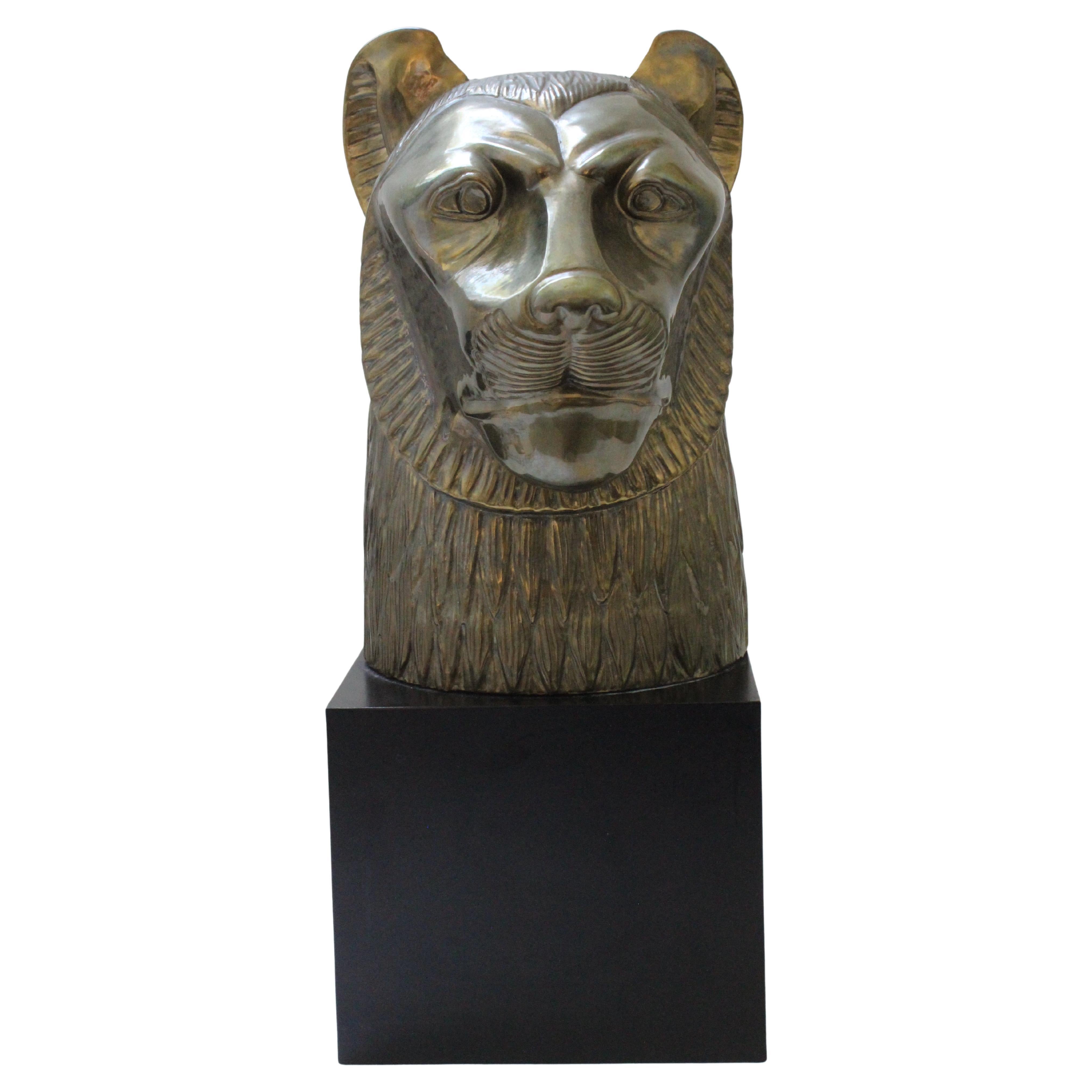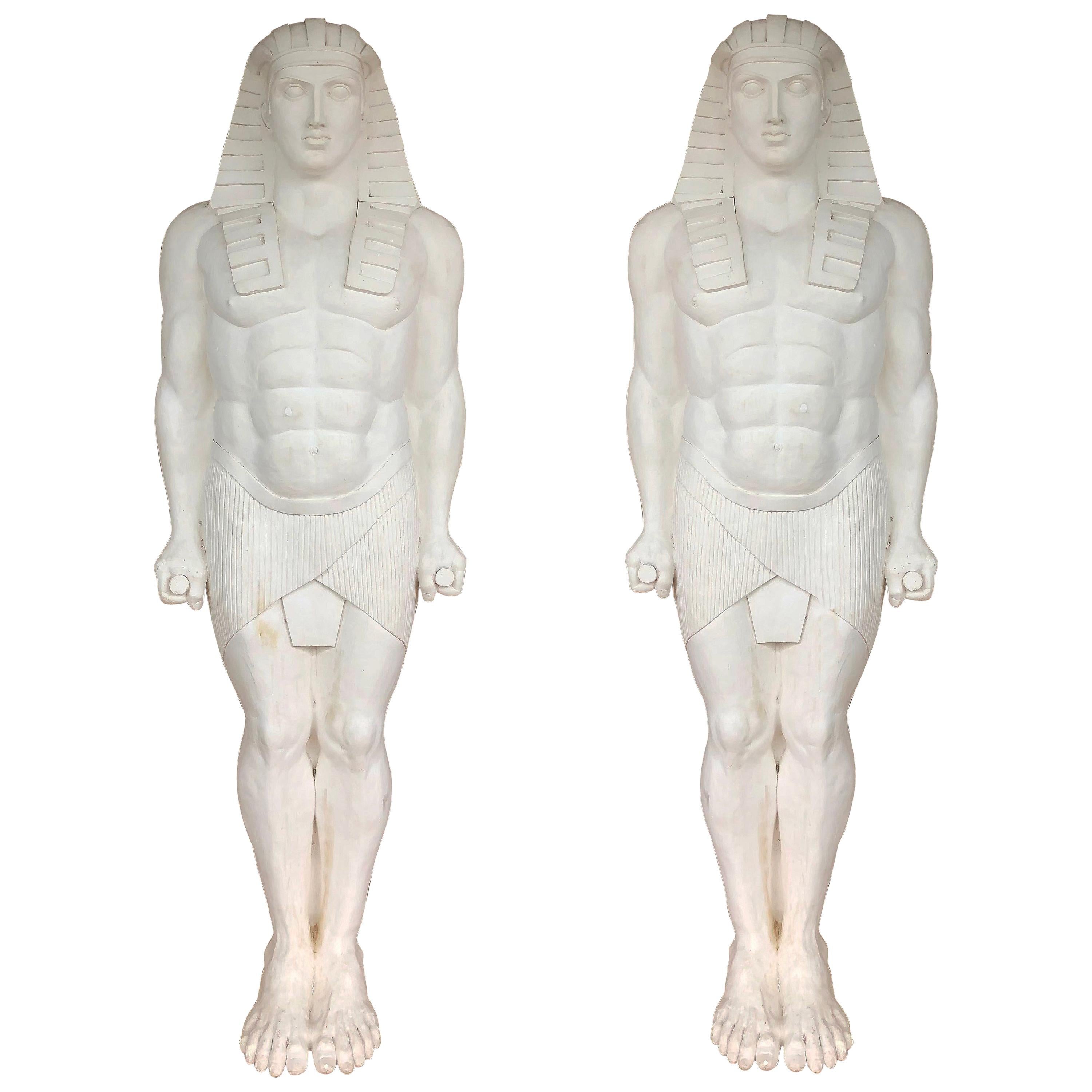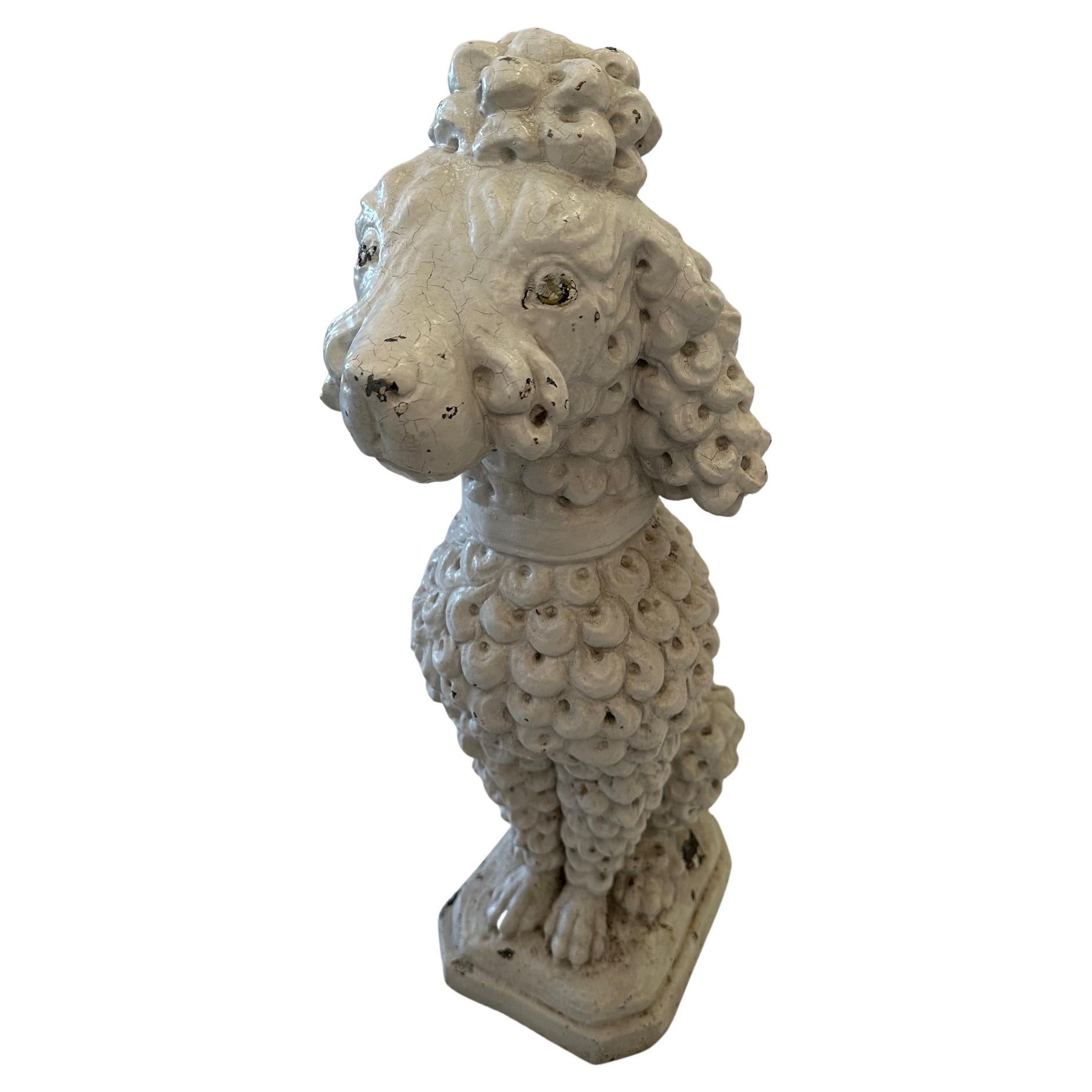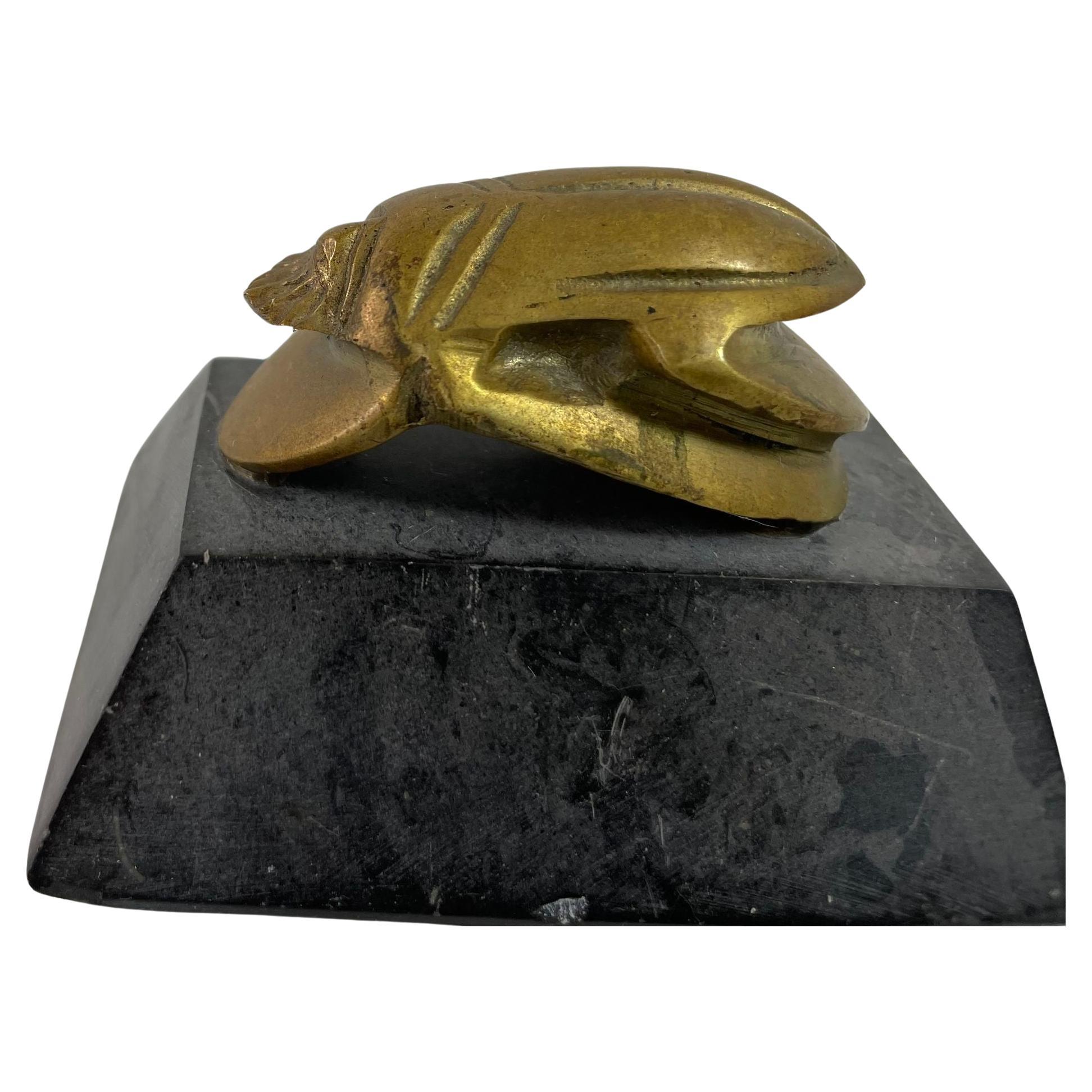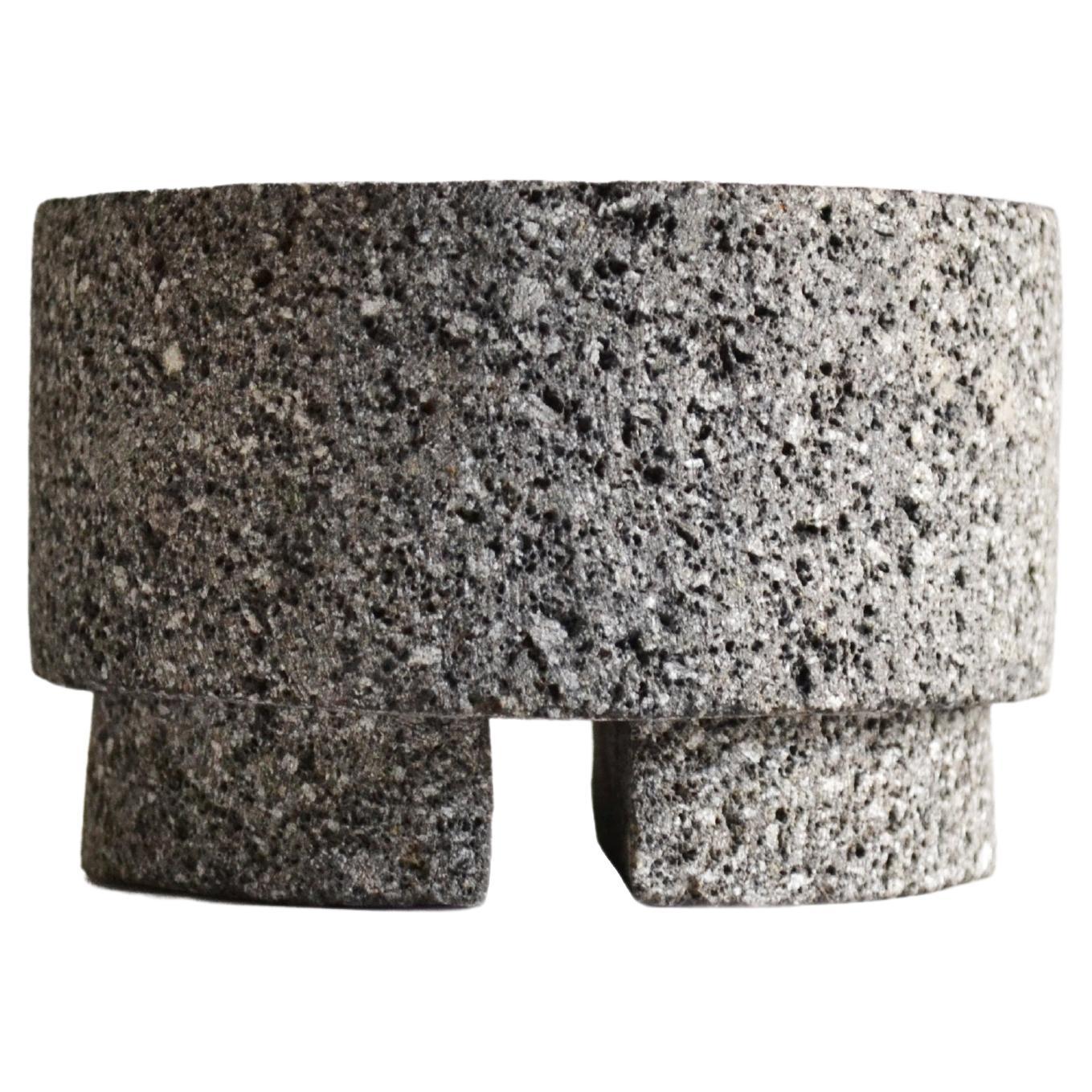Items Similar to Neo-Egyptian Sculpture in Stone and Cement Previous Building Façade in Barcelona
Video Loading
Want more images or videos?
Request additional images or videos from the seller
1 of 8
Neo-Egyptian Sculpture in Stone and Cement Previous Building Façade in Barcelona
About the Item
Neo-Egyptian sculpture in stone and cement, this sculpture was a previous building façade in Barcelona, from the 19th century.
Neo-Egyptian Architecture, also called Egyptian Revival Architecture, is an architectural style that uses the motifs and imagery of ancient Egypt. It is attributed generally to the public awareness of ancient Egyptian monuments generated by Napoleon's conquest of Egypt and Admiral Nelson's defeat of Napoleon at the Battle of the Nile during 1798. Napoleon took a scientific expedition with him to Egypt. Publication of the expedition's work, the Description de l'Égypte, began during 1809 and was published as a series through 1826. However, works of art and architecture (such as funerary monuments) with Egyptian style had been made or built occasionally in Europe and the British Islands since the time of the Renaissance.
- Dimensions:Height: 69.3 in (176 cm)Width: 17.33 in (44 cm)Depth: 14.18 in (36 cm)
- Style:Egyptian Revival (In the Style Of)
- Materials and Techniques:
- Place of Origin:
- Period:
- Date of Manufacture:19th Century
- Condition:Wear consistent with age and use. Minor structural damages.
- Seller Location:Lisboa, PT
- Reference Number:1stDibs: LU7365234878972
About the Seller
5.0
Vetted Seller
These experienced sellers undergo a comprehensive evaluation by our team of in-house experts.
Established in 2018
1stDibs seller since 2022
10 sales on 1stDibs
- ShippingRetrieving quote...Ships From: Lisboa, Portugal
- Return PolicyA return for this item may be initiated within 14 days of delivery.
More From This SellerView All
- Sculpture in lioz stone representing a dolphin Portugal 18th centuryLocated in Lisboa, PTCarranca in lioz stone representing a dolphin Portugal 18th centuryCategory
Antique 18th Century Portuguese Animal Sculptures
MaterialsStone
- 16th Century Virgin Mary and Saint John, Pair of Linden Wood SculpturesLocated in Lisboa, PTVirgin Mary and Saint John, pair of linden wood sculptures. Bologna 16th century. The Caloust Gulbenkian Foundation museum has an identical pair.Category
Antique 16th Century Italian Rustic Figurative Sculptures
MaterialsWood
- Otter and Loss, Taxidermy in a Glass Machine, London PiccadillyBy Rowland WardLocated in Lisboa, PTOtter and loss - Taxidermy in a glass machine - London Piccadilly, Rowland Ward Ld. 19th Century. Taxidermy is the art and process of preserving, mounting, and displaying animal spe...Category
Antique Late 19th Century British Natural Specimens
MaterialsAnimal Skin, Glass
- XIX Century Newfoundland Labrador Sculpture (Devezas Ceramics)Located in Lisboa, PTThe Newfoundland Labrador dog, commonly referred to as the Newfoundland or Newfie, is a large and strong breed known for its gentle and sweet nature. It originated from the Canadian province of Newfoundland and Labrador, where it was originally bred as a working dog for tasks such as hauling fishing nets, pulling carts, and rescuing people from water. Key characteristics of the Newfoundland breed include its massive size, with males typically weighing between 130-150 pounds (59-68 kg) and females between 100-120 pounds (45-54 kg). They have a thick double coat that is water-resistant, which helps them excel in water activities and also provides protection in cold climates. The coat can come in various colors, including black, brown, gray, and Landseer (white with black markings). Newfoundlands are known for their gentle and calm demeanor, making them excellent family pets and great with children. They are often described as "gentle giants" due to their patient and affectionate nature. Despite their size, they are generally good-natured and friendly with strangers and other animals. These dogs require regular grooming due to their thick coats, and they also need moderate exercise to stay healthy and happy. They enjoy activities like swimming, hiking, and participating in water sports. Additionally, early socialization and training are important to ensure they grow up to be well-behaved companions. Overall, the Newfoundland Labrador dog is a beloved breed known for its loyalty, gentle nature, and versatility in various roles, from family pet to working dog. The Fábrica de Cerâmica das Devesas (Devesas Ceramic Factory) was established in Vila Nova de Gaia in 1865 and was, at the time, one of the largest and best equipped producers of ceramics.[1] Founded by António Almeida e Costa...Category
Antique Mid-19th Century Portuguese Animal Sculptures
MaterialsPorcelain
- Bronze Sculptured Statue of an Atlas - European Woodwork from 1960'sLocated in Lisboa, PTFine wood hand carving from a tree depicting the figure of an Atlas. European artistry of the 1960's - Artist Unknown This beautiful piece of solid wood carved by the craftsman has been carefully transformed into a table and patted in Bronze. The superior part that can rest on his hands can be personalized and adapted - glass table top, marble table top, or even a scale right Globe if you wish. The topic of the "Atlas sculpture" typically refers to statues or sculptures depicting Atlas, a figure from Greek mythology. In Greek mythology, Atlas was a Titan condemned by Zeus to bear the weight of the heavens on his shoulders for eternity. The punishment was a consequence of Atlas leading the Titans in their war against the Olympian gods. The most famous representation of Atlas is often depicted as a muscular man carrying the celestial sphere on his shoulders. This image has been a popular subject in art and sculpture throughout history. Here are some key points in the history of Atlas sculptures: Ancient Greek and Roman Art: The story of Atlas has been a popular theme in ancient Greek and Roman art. Sculptors often depicted Atlas as a strong and stoic figure holding the celestial sphere. These sculptures were created in various materials, including marble and bronze. Renaissance and Baroque Periods: The themes of classical mythology experienced a revival during the Renaissance and Baroque periods in Europe. Artists like Michelangelo and Bernini incorporated Atlas and other mythological figures into their works. Atlas became a symbol of strength and endurance in these artistic representations. 18th and 19th Centuries: The neoclassical movement in the 18th and 19th centuries drew inspiration from classical Greek and Roman art. Atlas continued to be a popular subject during this period, with sculptors creating statues that emphasized the muscular and heroic qualities of the figure. Modern and Contemporary Art: The Atlas motif has persisted into modern and contemporary art. Artists often reinterpret the theme, exploring different styles and materials. Some sculptures may be more abstract or symbolic, while others adhere closely to the traditional representation. Public Art and Monuments: Atlas sculptures can be found in various public spaces around the world. Some cities have iconic statues of Atlas displayed...Category
Mid-20th Century European Figurative Sculptures
MaterialsWood
- Study of Male Head in Patinated Plaster, Portugal Sec. xxLocated in Lisboa, PTA male head study from the twentieth-century, in patinated plaster, possibly depicting a head of a friar, or a Saint. Patinated plaster sculpture is a process in which plaster is ap...Category
20th Century Portuguese Schoolhouse Figurative Sculptures
MaterialsPlaster
You May Also Like
- Sculpture of The Egyptian Goddess SekhmetBy Chapman Manufacturing CompanyLocated in West Palm Beach, FLThis stylish and chic figure of the Egyptian goddess Sekhmet dates to the late late 1970s and was created by Chapman as apart of a collection commemora...Category
Late 20th Century American Egyptian Revival Animal Sculptures
MaterialsMetal
- Monumental Egyptian Revival Plaster on Fiberglass SculpturesLocated in Miami, FLMonumental Egyptian revival plaster on fiberglass sculptures Offered for sale is an impressive pair of monumentally sized sculptures created in France in the Egyptian Revival style....Category
Late 20th Century French Egyptian Revival Figurative Sculptures
MaterialsFiberglass, Plaster, Wood
- Antique Cast Stone Cement White Poodle SculptureLocated in Hopewell, NJDarling sizeable cast stone cement white glazed poodle sculpture with slightly distressed patina. Great in the garden or inside.Category
Vintage 1930s American Animal Sculptures
MaterialsCast Stone
- Egyptian Scarab Brass Beetle Figurine on Black Stone StandLocated in North Hollywood, CAEgyptian Scarab Brass Beetle Figurine on stone stand after the Egyptian Museum antiquities.A unique and beautiful addition to any Egyptian Art Deco collection. This Vintage solid cast brass Egyptian scarab beetle sculpture figurine on a black stone stand could be used as a paperweight or just as a collectible Egyptian Museum decorative piece of history. The beautiful all-over antique patina of the bronze shows its age and history, adding character and depth to the piece. This Egyptian revival bronze scarab is a striking collector's item and a testament to the fascination with Egyptian culture timeless design and historical significance make it a valid addition to any collection. Dimensions: Height: 2 in Width: 3 in Depth: 2.25 in. About the Scarab in ancient Egypt: The scarab beetle held significant cultural, religious, and symbolic importance. The scarab beetle, also known as the dung beetle, played a central role in Egyptian mythology and daily life. Here are some key aspects of the scarab beetle beliefs in ancient Egypt: 1) Symbol of regeneration and rebirth: The scarab beetle was associated with the concept of regeneration and rebirth. This connection was primarily observed in the insect's behavior of rolling balls of dung in which it laid its eggs. Egyptians saw parallels between this process and the sun god Ra's daily journey across the sky, disappearing at night and re-emerging in the morning. 2) Representation of the sun god Ra: The scarab beetle became a symbol for the sun god Ra, who was one of the most important deities in the Egyptian pantheon. The rolling of the dung ball by the beetle was likened to Ra's journey across the sky, and amulets in the shape of scarabs were often worn as protective charms. 3) Protective amulets and jewelry: Scarab beetles were popular motifs in ancient Egyptian jewelry...Category
Mid-20th Century Egyptian Egyptian Revival Animal Sculptures
MaterialsMarble, Stone, Brass, Bronze
- Contemporary Stone Sculpture Inspired in Mayan Temple Buildings Temple SouthBy La muerte tiene permisoLocated in London, GBThe collection of temple sculptures are inspired by the postclassic period of pre-Hispanic Mesoamerican ceremonial architecture from the center and south of what today makes up the country of Mexico. Temple central is a 3-piece detachable sculpture. Crafted and finished on the shores of Lake Cajititlán, Jalisco, Mexico. This area is recognized for its extensive amount of basalt stone traditionally used to make molcajetes. This type of stone is recolected manually and is a material known for its hardness and aesthetic appeal and texture. Various pre-Hispanic sculptures...Category
2010s Mexican Mounted Objects
MaterialsStone, Lava
- Contemporary Stone Sculpture Inspired in Aztec Temple Buildings Temple CentralBy La muerte tiene permisoLocated in London, GBThe collection of temple sculptures are inspired by the postclassic period of pre-Hispanic Mesoamerican ceremonial architecture from the center and south of what today makes up the country of Mexico. Temple central is a 3-piece detachable sculpture. Crafted and finished on the shores of Lake Cajititlán, Jalisco, Mexico. This area is recognized for its extensive amount of basalt stone traditionally used to make molcajetes. This type of stone is recolected manually and is a material known for its hardness and aesthetic appeal and texture. Various pre-Hispanic sculptures...Category
2010s Mexican Mounted Objects
MaterialsLava, Stone
Recently Viewed
View AllMore Ways To Browse
Antique Calling Card Tray
Atelier Musset
Berrocal Arcimboldo
Chalkware Boy
Chinese Crawling Baby
D G Denmark Figurine
David Fisher Stargazer
Dick Bruna
�mile Louis Picault On Sale
Erte Bronze Angel
Eyeglass Display
Fellerman And Raabe
Formia Cobalt Blue Figurine
Frankart Statue
Franz Rosse
Fraureuth Saxony
Fred Press Bronzed Zodiac Sculptures
Fred Press Zodiac
